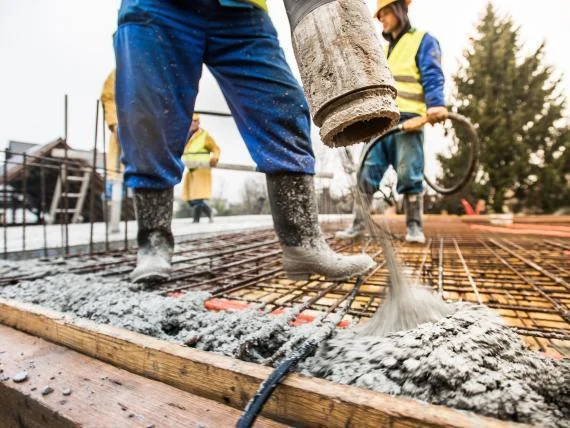

This study aims to explore the possibility of sharing existing knowledge with regards to creating an industrial database for these prevalent hazards within the cement industry, which will incorporate the high risk activities and groups as well as their general exposure levels from similar industries located in the UK. Once this is done, the next steps would be to generate proportionate mitigating actions such as exposure reduction (e.g. shift rotation), work area specific PPEs, awareness campaigns, etc. the following questions should help understand the current practices and possible areas of improvement. The lessons learned here can be easily transferred to other industries such as mining, steel, etc.


Key benefits
- The wellbeing of workers and communities – for instance, how can we routinely evaluate/classify the safest shift durations for cement milling/packing plant workers where both temperatures and dust fineness are high?
- Generate information that can be useful for designers/maintainers of ventilation and dust extraction so as to trigger thoughts about more efficient materials – for instance rotary packer seals and dust collector filter materials.
- Encouraging a change of culture from generalised to HHM-based allocation of PPEs by HHIs where risks cannot be eliminated.
- Provision of reference data through which UK-based health & safety affiliated institutions such as HSE, Lloyd’s Register Foundation, TAI, UoM, etc. can provide high impact interventions for enhance the wellbeing of HHI workers and communities.
Related Content
